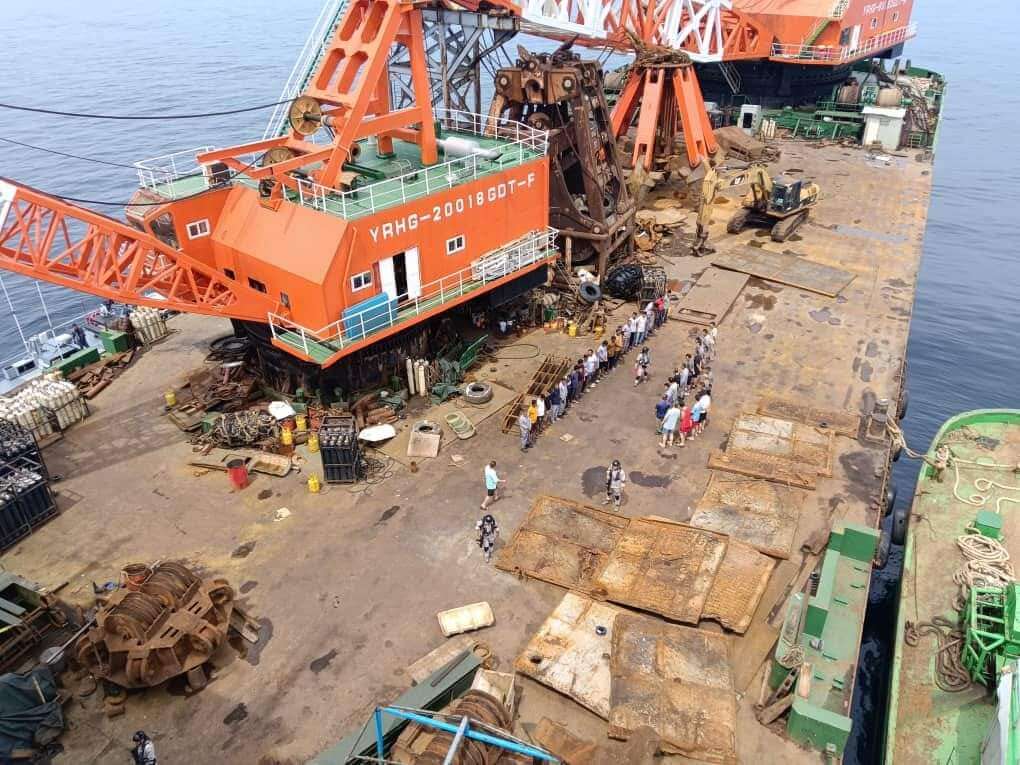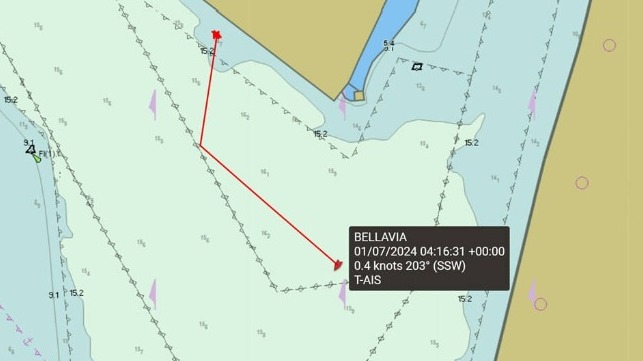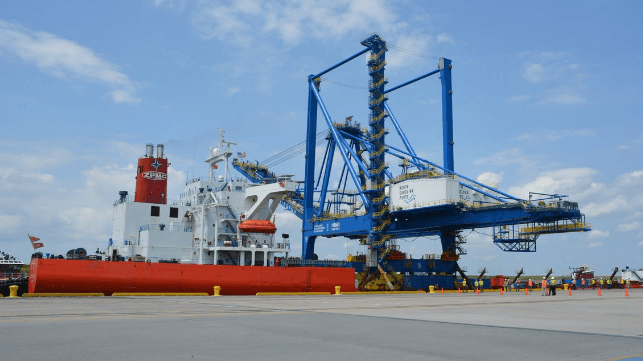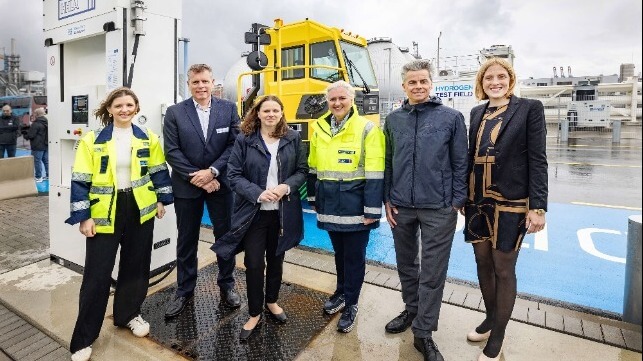That morning “cup o’ joe” may fall victim to the E.U.’s new supply chain laws.
The supply chain is the globalized miracle that makes our civilization possible.
So why not regulate it? You know, to make it even better.
The Supply Chain Care Act became law in Germany on January 1, 2023. It had a grand idea: German companies would investigate all of their suppliers and ensure that none of them were engaging in behavior that was contrary to human rights.
In practical terms, this meant creating a “risk management department,” issuing a corporate “declaration on respecting human rights,” implementing a “complaint process” and, of course, generating and archiving lots of records and documents.
Who doesn’t love a problem that can be solved with managers, rules and procedures?
Fast forward to March 15, 2024: Wonderful news! The world is free of human rights abuses, and the global supply chain is a wholesome place where the highest standards are upheld. All thanks to a German law that everybody complained would – oh, wait.
Sorry, I wandered off in a parallel universe.
March 15, 2024 is the date on which the European Union passed its own Supply Chain Act, which the 27 Member States now have two years to implement. This E.U. law overcame Germany's objections in the European Commission, whose delegation, amusingly, argued that it would burden corporations with too much bureaucracy.
So where do we stand now?
Unintended Consequences
The new E.U. Supply Chain Act is flanked by the E.U. Deforestation in Supply Chains Regulation (EUDR), which enters into force on December 31, 2024. It stipulates that agricultural products must come from areas “free of deforestation.”
The World Wildlife Fund praised the EUDR as being a “quantum leap” in aggressiveness. Companies failing to comply can expect significant fines assessed against their global revenue. Palm oil, meat and soy imports are at stake. Even car makers, who use leather for the seats of their vehicles, are affected. The E.U. is widening its regulatory net and drawing in virtually every sector of the economy, using the supply chain as the pressure point.
The biggest impact, it appears, will be on something millions of Europeans rely on every day so they can get through the stacks of paperwork waiting for them at the office.
That would be coffee.
The German Coffee Association, an industry and trade lobby, warned that coffee “shortages in the German and European market” are anticipated, and that “the prices for any coffee that is still available will increase significantly.” Why? Only 20 percent of coffee farmers globally are compliant with the EUDR, which means that, as far as E.U. coffee roasters are concerned, 80 percent of the global coffee supply will be off-limits.
The German Federal Ministry for Nutrition and Agriculture admitted that “in the coffee trading sector, obstacles still remain which prevent complete implementation by the end of the transition period.”
The clock is ticking for your morning cappuccino.
There are other obstacles as well. Workers on coffee plantations earn little. Fairtrade Deutschland noted that “adequate pay” and “sufficient income have been recognized as a human right” under the new E.U. Supply Chain Act though the law is silent on what that entails. Further, when coffee beans are picked, they must be washed. The water used for this is now required to be treated and disposed of in a manner that the E.U. deems environmentally friendly rather than, say, dumped into a nearby river.
In addition, when the coffee is transported to Europe to be roasted, it must be carried on ships that provide their sailors with fair working conditions. Presumably, that means compliance with the Maritime Labor Convention although currently, as far as plantation workers are concerned, guidance on the specific standard is sparse and hard to find.
The entire supply chain is affected by the E.U. Supply Chain Act including “prior and subsequent steps in the value chain,” according to logistics major DHL. Production, transport and disposal are all implicated.
Dr. Stefan Brandis, spokesperson for the German foundation Menschen für Menschen, asserted in an interview with German logistics newsmagazine Logistik Heute that the E.U.’s attitude has a “subtle colonial overtone” given that, for example, Ethiopian farmers with only sporadic access to electricity must now muddle through entering data for European product-origin tracing systems. Small farmers “would, ultimately, be locked out of the market, since big players can establish traceability much more easily when harvesting coffee from large plantations.”
Impact on Shipping
Shipping, too, is part of the “value chain.” Any time products subject to the E.U. Supply Chain Act are loaded or offloaded, “traceability” will follow the shipowner.
If a European shipping company loads cargo in a North African port, will it verify that stevedores pay their employees enough? What about harbormasters who ask for bribes? Whose job is it to root out forgeries? “Equality before the law,” another standard the E.U. Supply Chain Act is supposed to uphold, means such abuse can’t be tolerated.
To be fair, this is not the first paperwork hurdle that ocean shipping has overcome. As in the past, issuance of documents which verify whatever is demanded of the issuer will likely suddenly increase. Nobody wants to lose a customer. If the document has the correct stamps and signatures on it, isn’t that enough for any hardworking Brussels bureaucrat?
But this legislation only has limited power in contending against reality. The world can be changed, it’s true, but doing so requires a lot of ground-pounding. A decree from the E.U. will not give relief to Nigerian child laborers or bind the hands of corrupt port officials.
The wheels of commerce will grind on. Consumers may feel better because of the illusion that the products they’re buying are now compliant with the new regulatory regime, but those who are, in fact, a part of the “value chain” will undoubtedly know better.
What’s more likely, after all? That there won’t be coffee on German supermarket shelves or that a few official-looking documents will be penned that quietly resolve this crisis?
Who’s Affected?
Are you curious if all of this applies to you? Don’t worry, it’s easy to figure out. If you’re a company with 250 or more employees and do 40 million euros of revenue in the E.U., then you must comply. Or if you’re a company outside the E.U. with 150 million euros of revenue of which 40 million is from the E.U. Or if you’re a small or medium-sized enterprise but you do business with one of the aforementioned companies – because, after all, even the weakest link in the “value chain” has got to help work toward a better world.
Still not sure? Fear not, one of your employees can call the Whistleblower Hotline that you, or the company that’s bigger than you, was required to set up. Or one of your other business partners up or down the supply chain can call. Given the high level of trust that exists in global shipping, I’m sure this would never be abused or used as leverage.
What about the EUDR? The E.U. helpfully supplies a clear answer: “There is no threshold volume or value of a relevant commodity or relevant product, including within processed products, below which the Regulation would not apply.” It applies to everybody.
Making the World a Better Place
All sarcasm aside, who wouldn’t want the world to be a better place? According to the Brookings Institution, 10 percent of the global population lived in poverty in 2015, down from 36 percent in 1990. We’re headed in the right direction.
Will the E.U. Supply Chain Act, the EUDR and the German Supply Chain Care Act get us to the promised land faster? Hang on – I’ll let you know once I’ve finished filling out these forms.
The opinions expressed herein are the author's and not necessarily those of The Maritime Executive.















